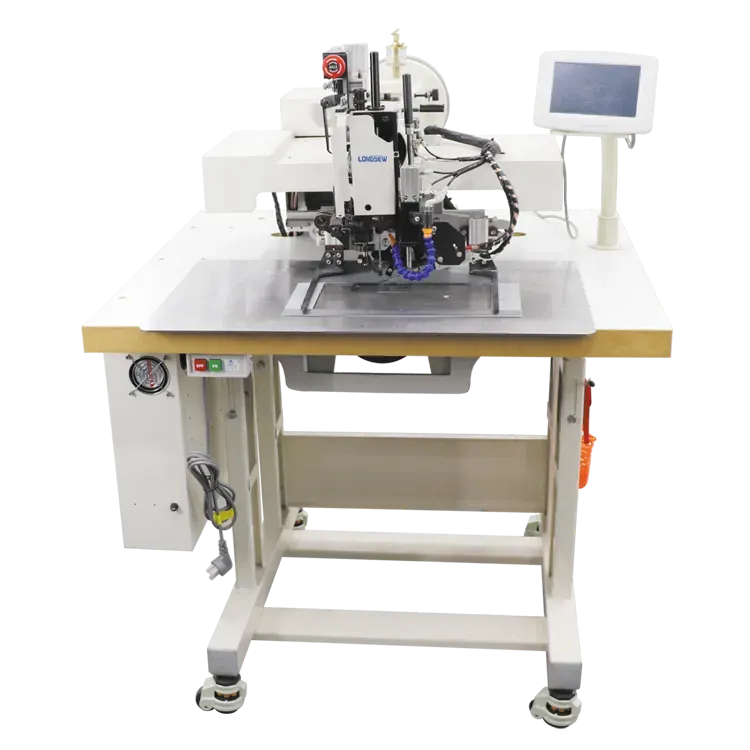what does overlock stitch look like
An overlock stitch, often referred to as a serged stitch, is a specialized seam that you typically see in knits and woven fabrics, providing both durability and elasticity. This stitch is an essential technique in the world of garment production and home sewing, offering a professional finish that helps prevent fraying on the edges of fabric. Understanding what an overlock stitch looks like and how it functions can greatly enhance your sewing projects.
Visually, an overlock stitch is characterized by its unique looped appearance. When executed correctly, it consists of several interlocking threads that create a robust, edge-finished seam. The typical overlock stitch has a series of loops that wrap around the edge of the fabric, effectively encasing it. This design not only serves to secure the fabric layers together but also allows for some stretch—making it ideal for use with stretchy materials like jersey or spandex.
One of the most distinguishing features of the overlock stitch is the use of multiple threads—commonly four or five. This configuration allows the stitch to naturally adapt to the movement of the fabric, ensuring that the seams don't break or become damaged during wear. The outer loop threads run parallel to the edges of the fabric, while the inner threads form a tighter connection, resulting in a finish that is both aesthetically pleasing and practical.
When comparing overlock stitches to other types of stitches, they stand out for their ability to neatly finish raw edges in a single pass. Traditional straight stitches or zigzag stitches can serve similar purposes but often require additional steps and can lead to bulkier seams. An overlock stitch not only cuts down on assembly time but also maximizes the efficiency of fabric usage.
what does overlock stitch look like

In practical applications, overlock stitches are commonly employed in the manufacture of clothing, particularly activewear and intimate apparel. The stitch allows for movement, which is vital in garments designed for physical activity. Moreover, it lends a clean finish that is less likely to pucker or stretch out of shape over time.
For those interested in home sewing, utilizing an overlock stitch can significantly elevate the quality of finished garments. Many sewing machines come with overlock capabilities or can be paired with a serger, a specialized sewing machine designed to create overlock stitches. If you're new to this type of sewing, practicing on scrap fabric can help you perfect your technique and understand how different fabric types interact with the stitch.
In conclusion, the overlock stitch is a vital component of modern sewing, combining functionality with a polished look
. Recognizing its distinctive features and practical applications can help sewists at any level enhance their creations, ensuring that every garment is both beautiful and built to last.-
Industrial Cylinder Arm Sewing Machine: Revolutionizing Heavy-Duty SewingNewsJul.28,2025
-
Cylinder Arm Sewing Machine: Perfect for Special Sewing ApplicationsNewsJul.28,2025
-
Cylinder Bed Sewing Machine: Essential for Sewing Complex MaterialsNewsJul.28,2025
-
Heavy Duty Sewing Machine: The Essential Tool for Industrial ApplicationsNewsJul.28,2025
-
Computerized Pattern Sewing Machine: Revolutionizing Precision StitchingNewsJul.28,2025
-
Heavy Duty Industrial Sewing Machine: Power Meets PrecisionNewsJul.28,2025
-
Leather Sewing Machine: The Industrial Standard for Tough MaterialsNewsJul.18,2025





























